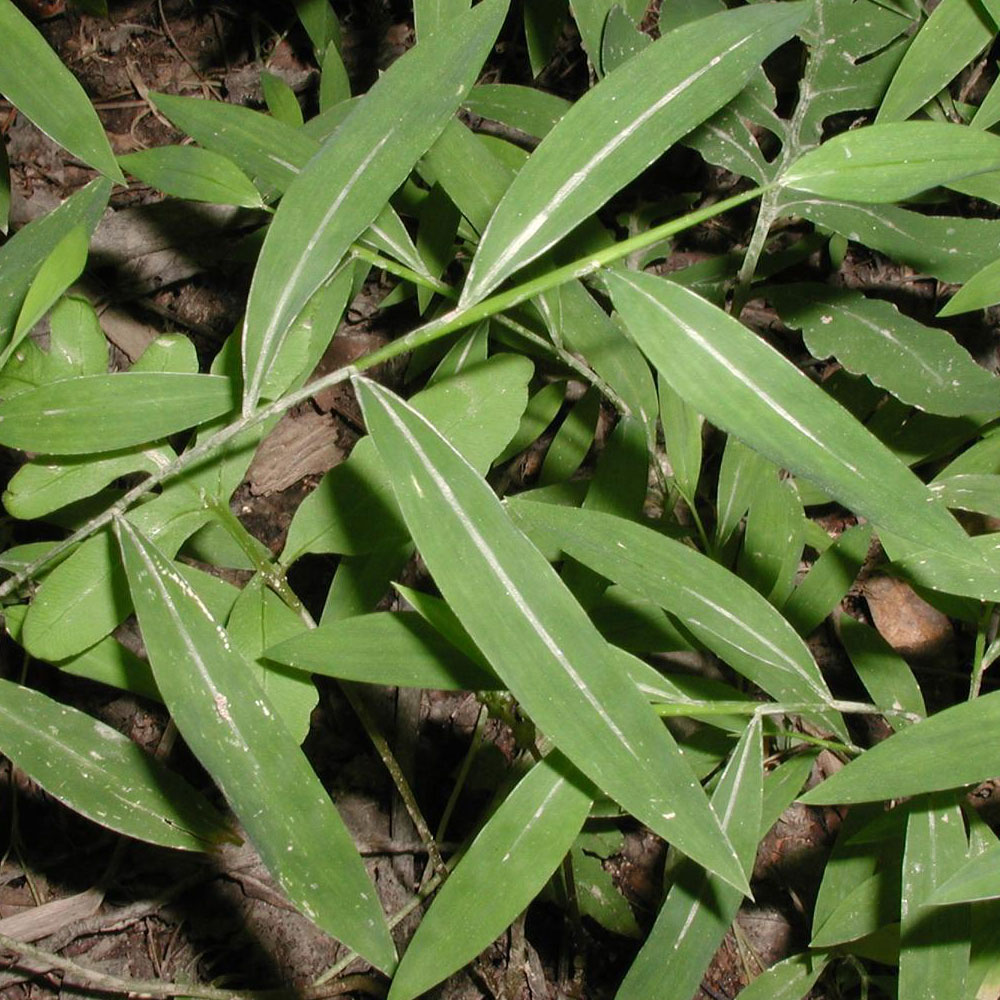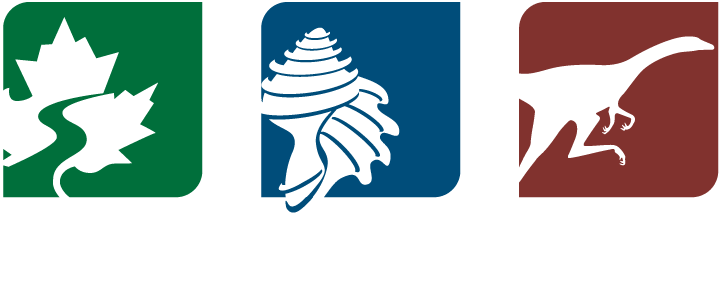Tribe Andropogoneae is commonly known as the Bluestem Tribe (named after Andropogon, the bluestem) or the Sorghum Tribe. This tribe includes about 90 genera and more than 1200 species divided among 14 subtribes. Grasses in this tribe are all C4 and primarily occur in the tropics and subtropics. They include the world's more important cereal crop, maize or corn (Zea mays), other important food crops like sorghum (Sorghum bicolor) and sugar cane (Saccharum officinarum), globally distributed weeds like cogongrass (Imperata cylindrica) and Johnsongrass (Sorghum halepense), ornamentals like Chinese silvergrass (Miscanthus sinesis) and eastern gamagrass (Tripsacum dactyloides), fodder grasses like limpo grass (Hemarthria altissima), and biofuel crops like maize, sugar cane, and giant miscanthus (Miscanthus x gigantea). They are also ecologically important, with grasses like kangaroo grass (Themeda) and tanglehead (Heteropogon) dominating tropical grasslands.
The goal of this section is to provide resources introducing Tribe Andropogoneae, including pages focusing on specific crop plants.
Header image: Grasses in Tribe Andropogoneae, left to right: Maize (Zea mays), sorghum (Sorghum bicolor), Chinese silvergrass (Miscanthus sinensis), and mat grass (Hemarthria uncinata). Photo credits (left to right): Carl Lewis (flickr, Creative Commons Attribution 2.0 Generic license); INRA, Jean Weber (flickr, Creative Commons Attribution 2.0 Generic license); nature_jacobke (iNaturalist, Creative Commons Attribution 4.0 International license); Harry Rose (flickr, Creative Commons Attribution 2.0 Generic license). All images cropped and resized.



Quick facts about other Andropogoneae
adlay (job's tears)

Quick facts about adlay (Coix lacryma-jobi), a grass grown for grain and for decorative purposes.
Baby bamboo grass

Quick facts about baby bamboo grass (Pogoantherum paniceum), a small ornamental grass.
Citronella & relatives

Quick facts about essential oil-producing grasses in the genus Cymbopogon (citronella, lemongrass, and palmarosa).
Cogongrass

Quick facts about cogongrass (Imperata cylindrica), a globally distributed weed.
Eastern gamagrass

Quick facts about eastern gamagrass (Tripsacum dactyloides), a grass commonly used as forage and in agricultural systems.
Itchgrass

Quick facts about itchgrass (Rottboellia cochinchinensis), a major agricultural weed.
Japanese stiltgrass

Quick facts about Japanese stiltgrass (Microstegium vimineum), a globally distributed weed.
Johnsongrass

Quick facts about Johnsongrass (Sorghum halepense), an invasive weed often considered among the most noxious in the world.
Kangaroo grass

Quick facts about kangaroo grass (Themeda triandra), an ecologically important and widespread tropical grass.
Limpograss

Quick facts about limpograss (Hemarthria altissima), a tropical forage grass primarily used by farmers as a pasture grass.
sudangrass

Quick facts about sudangrass (Sorghum x drummondii), a hybrid tropical forage grass.
Tanglehead

Quick facts about tanglehead (Heteropogon contortus), an ecologically important and widespread subtropical to tropical grass that sometimes becomes weedy.
Credits
Some of the content of Earth@Home: Grasses comes from The Teacher-Friendly Guide to the Evolution of Maize, which was published online as a web resource. The citation for that original resource is:
Content and revisions are also included from a revised manuscript of the Teacher-Friendly Guide to the Evolution of Maize (Carlyn Buckler, Dhyan Palanichamy, and Andrielle Swaby, 2019). Additional content and revisions by Elizabeth J. Hermsen, Demeter Burns, Naomi Schulberg, Warren D. Allmon, Tiffany Boyd, Don Haas, Mark Johnson, Ryan McRae, and Ingrid Zabel have been incorporated into the present website, which was developed in 2022 to 2023. Individual authors for each page are listed in the credits section at the top of the page.
Editor: Elizabeth J. Hermsen served as editor for the Earth@Home: Grasses website from 2022 to 2023.
Acknowledgements: Kate Rowell contributed to background research on education and exhibits resources about maize and its relatives.
Funding
Development of the Grasses part of Earth@Home is supported by a grant from the National Science Foundation (1822330) and by content developed during previous grants, NSF 0820619 and 1238014. Any opinions, findings, and conclusions or recommendations expressed in this material are those of the author(s) and do not necessarily reflect the views of the National Science Foundation.





